Thought-provoking and performance-oriented
Alon Schab’s new take on Handels Coronation Anthems
George Frideric Handel composed the Coronation Anthems in 1727.
Coronation Anthems I-IV
Urtext by Händel, optimized for performances by Alon Schab. Each anthem can also be purchased separately.
Carus 55.258/50
Handel’s festive Coronation Anthems Zadok the priest, Let thy hand be strengthened, The King shall rejoice and My heart is inditing, which have been performed for centuries during the solemn coronation ceremony in Great Britain – and are moreover loved by choirs all over the world! – are now also available from Carus. The editor of this wonderful music, Israeli musicologist Alon Schab, discusses the challenges of presenting Handel’s occasional composition in an edition that is contemporary, practical, and at the same time scholarly.
The recent coronation of King Charles III in May 2023 has once again demonstrated the timeless quality of Handel’s four Coronation Anthems, originally written for the coronation of George II in September-October 1727 in Westminster Abbey. Like other Carus editions, this new edition is the result of meticulous research into the original sources. However, what sets this edition apart from previous editions particularly in relation to the widely accepted concept of Urtext, is the manner in which it treats its primary source, in this case, Handel’s autograph. The unique working hypothesis behind this new edition is that Handel’s autograph contains details that he may have considered more essential than others, and that those details that we believe were less essential to the composer – because they are very concretely related to the practical performance conditions in 1727 – need not necessarily be canonized as the Urtext. The result, in our view, gives an even clearer insight into Handel’s direct and powerful style when composing occasional music for the court.
In principle, the state of the sources for the four anthems is not too complicated. First and foremost, scholars may consult Handel’s composing autograph of the four anthems, housed in the collection of the Royal Music Library, now a part of the British Library and freely accessible to all in high-resolution images on that library’s website. Like many Handel autographs, the manuscript is impossible to perform from, but it contains all the necessary information in order for the composer, or someone on the composer’s behalf, to create a proper score. Indeed, after Handel completed this composing copy, either he or someone else from his circle must have created such a conducting score that he could (and probably did) perform from during the coronation service. Unfortunately, that conducting score is now lost. However, many manuscripts, some of them very beautifully copied, derive from the conducting score, and survive in various libraries – not only in London, Cambridge and Manchester, but also in Dublin, Hamburg and Austin, Texas. Walsh, Handel’s publisher, even printed a fairly authoritative score of anthems in 1743. The new Carus edition joins a long venerable tradition of editions of the anthems, extending back to the mid-nineteenth century.
What is strange about these beautiful copies and prints, as well as all subsequent scholarly editions, is that they transmit details that originate in the composing score but are of limited use to anyone who wishes to perform the music again in any circumstances other than the original ones – in different venues, employing different vocal forces or voice types, and different accompanying instruments. Like the choir at the recent 2023 coronation service, Handel’s choir in 1727 was an ad hoc ensemble. It was assembled from singers from two institutions and designed for singing in six or seven voices.[i] Thus, it required rebalance to sound better in the dominating four part and five-part passages of the work. Interesting by the way: Incidentally, Handel was evidently far more fluent when writing in four and five parts – the composing score shows some trial and error in the few six- and seven-part passages…
Handel’s score is packed with abrupt doublings, entrances, and stops that ensure the few tenors will not be drowned out by the many altos and basses, that the boy trebles will blend with the older singers, and that the choir will blend with the instruments in the rich ambient acoustics of Westminster Abbey. Many passages in the score feature unison between the parts and instructions for individual soloists to reinforce specific parts in “risky” entrances. All these seem to have been adjustments that Handel knew he had to make in order to strike the best balance between the vocal and instrumental parts in Westminster Abbey, given the specific singers that sang on the coronation day, whose voices, volume and timbre he knew very well. So, for example, when Handel mentions in the autograph specific names of bass singers like Mr. Wheely and Mr. Bell at the beginning of ‘My Heart is inditing’ or indicates that he wants them to double the tenors at the beginning of ‘Let thy hands be strengthened’, it is clear that the balance that he sought depended on very specific circumstances. When a choir performs the anthems nowadays, is it necessarily the case that their tenors would need reinforcement? And how much reinforcement? Will two additional basses produce exactly the effect that Handel wanted to achieve by adding Mr. Wheely and Mr. Bell? The new edition eliminates these makeshift adjustments (all duly noted in the Critical Report) and reveals a score that is remarkably similar to Handel’s familiar grand choral style – festive and resonant.
In short, the anthems pose a significant challenge to editors striving to create an edition that is both scholarly and practical – an enduring hallmark of Carus Verlag. The new edition takes this challenge one step further and, based on a fresh reading of the sources, offers a score that, in our opinion, is more engaging. In an era when all scholars and performers are just a few clicks away from the high-resolution scan of Handel’s autograph, we believe that a new edition of these renowned four anthems cannot and should not merely replicate the autograph, but should offer a thought-provoking, performance-oriented score. Those who study the new score meticulously (and indeed perform from it) will gain a deeper understanding of Handel’s keen attention to issues of sound and timbre and, by extension, his forward-thinking approach (although even the composer himself would likely be astonished that these anthems continue to accompany monarchs to their thrones in 2023, and that their score still serves as a source of enduring wonder and admiration).
[i] 12 boys singing Canto, 6 men singing Alto I (led by a seventh singer, Francis Hugues), 6 singing Alto II (led by John Freeman), 6 singing Tenor (led by John Church), 6 singing Bass I (led by Samuel Wheely) and 6 singing Bass II (led by Bernard Gates).
Zadok the Priest
Coronation Anthem I
Carus 55.258/00
Let thy hand be strengthened
Coronation Anthem II
Carus 55.259/00
The King shall rejoice
Coronation Anthem III
Carus 55.260/00
My heart is inditing
Coronation Anthem IV
Carus 55.261/00

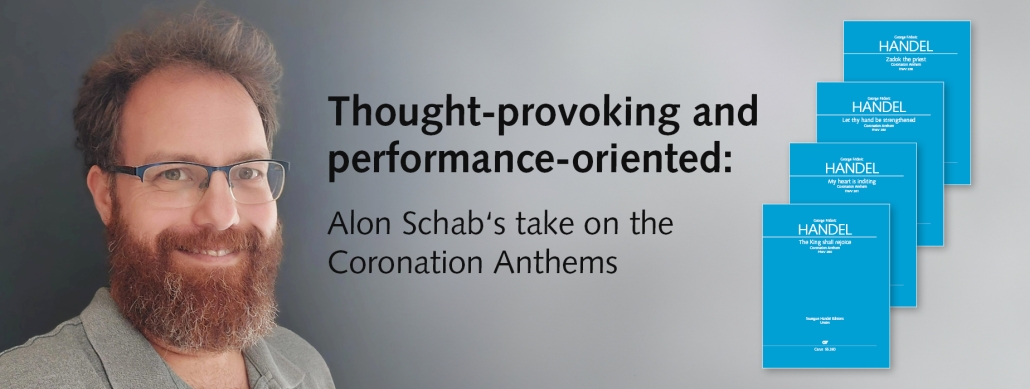
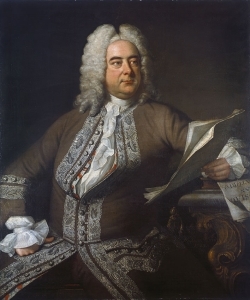
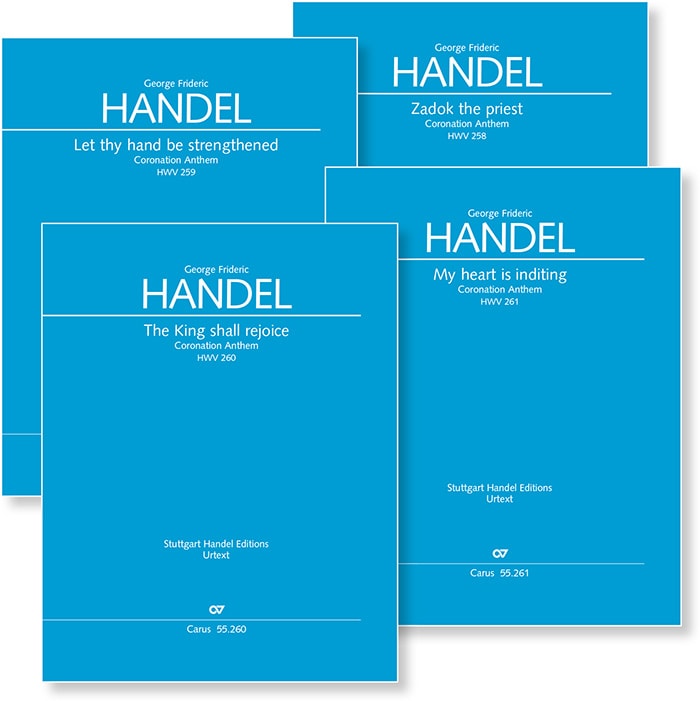
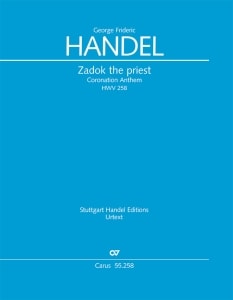
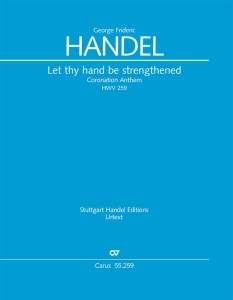
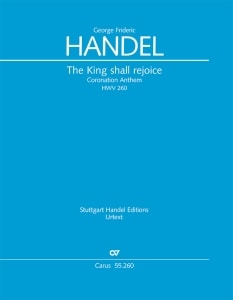
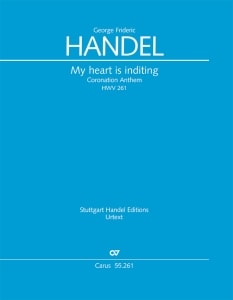

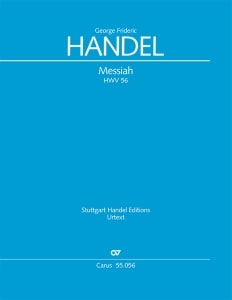
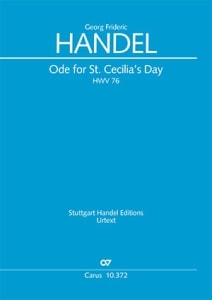
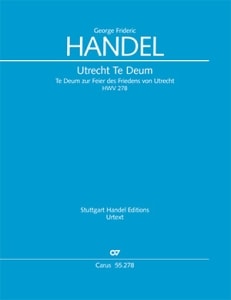
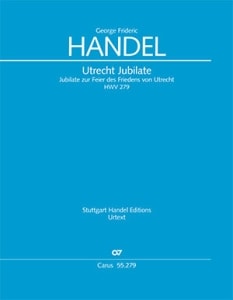
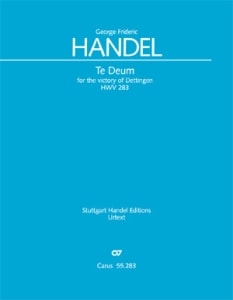


Leave a Reply
Want to join the discussion?Feel free to contribute!